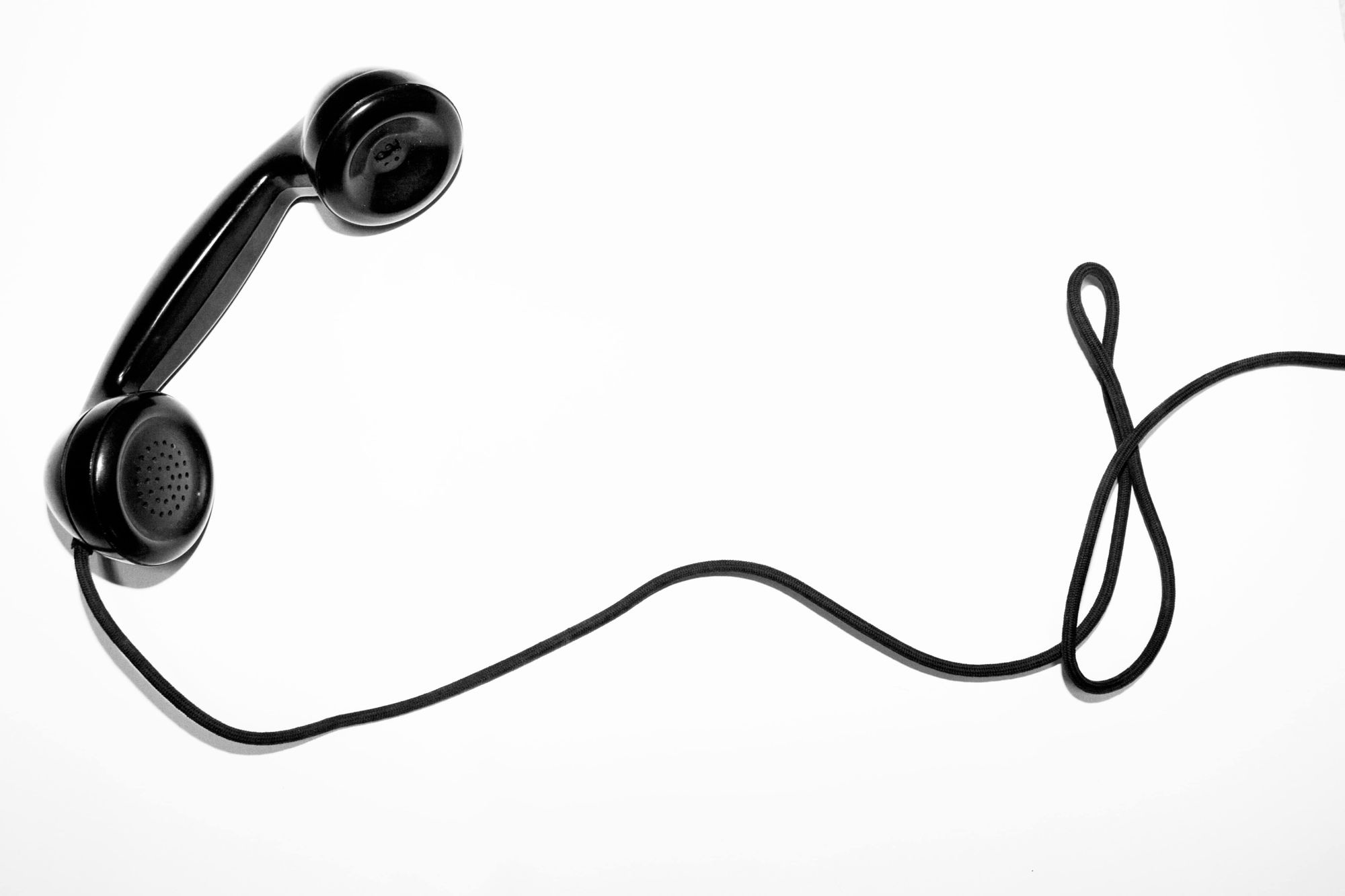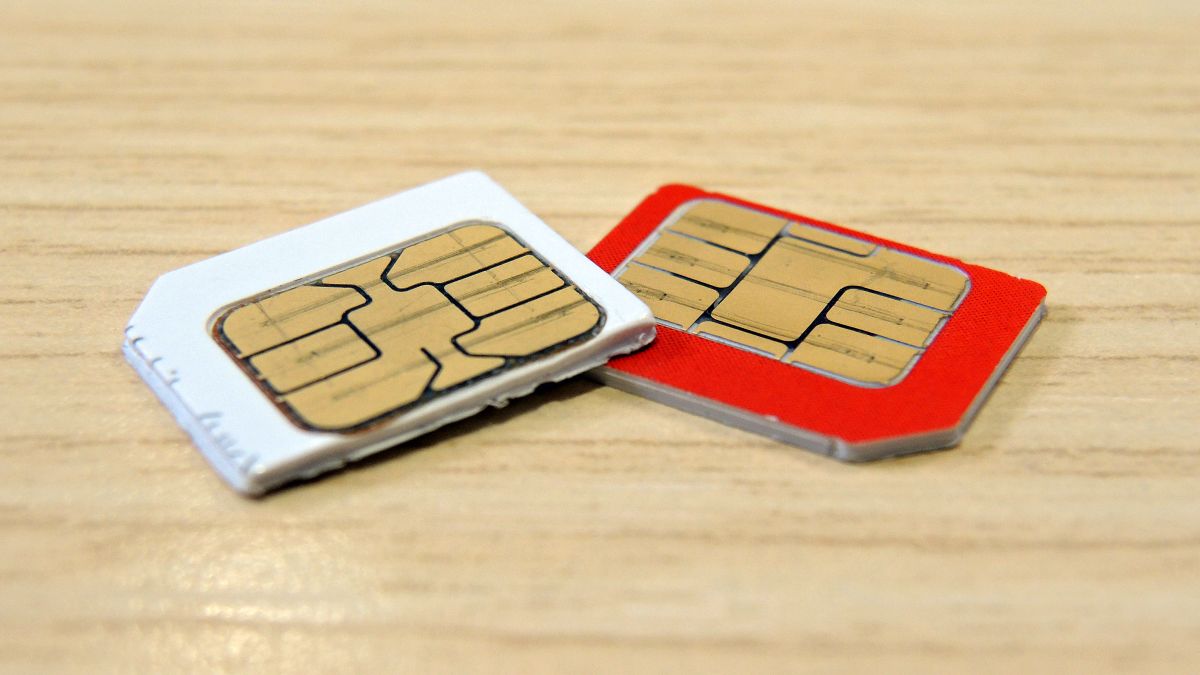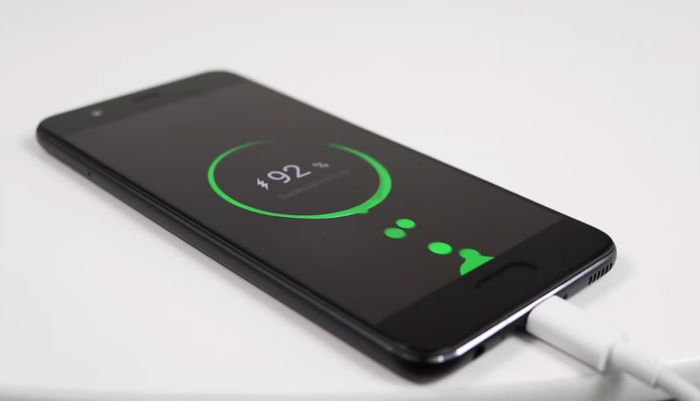
Mastering a foreign language is an achievement in itself, but being able to confidently answer the phone and hold a conversation in Spanish takes your language skills to a whole new level. Answering the phone and communicating in a language other than your native tongue can be intimidating, especially without the visual cues you have in face-to-face conversations. However, with practice and a few key phrases, you can become just as comfortable speaking Spanish over the phone as you are in person. In this article, we will explore six different ways to say “hello” when answering the phone in Spanish, providing you with the tools you need to navigate phone conversations with confidence.
¡Hola! – The Universal Greeting
When it comes to greeting someone on the phone, you can never go wrong with a simple “¡Hola!” which means “hello” in Spanish. This short and sweet greeting is universally understood by Spanish speakers, and even non-Spanish speakers can recognize it. Depending on the context and your relationship with the caller, you can add a personal touch to this greeting. For example, if it’s a family member calling, you might say, “¡Hola mamá! ¿Qué pasa?” (Hi mom! What’s up?). If it’s a friend, you could say, “¡Hola amiga! ¿Cómo estás?” (Hey friend! How are you?) or “¡Hola Carlos! ¿Cómo te va?” (Hi Carlos! How’s it going?). However, when answering a call from a business associate or an unknown caller, it’s best to keep it simple and professional: “¡Hola! Habla Juan.” (Hello! This is Juan speaking.) This straightforward and confident response is something every beginner Spanish speaker can master.
¿Aló? – Informal and Popular
Similar to “hola,” “aló” is another common way to answer the phone in many Spanish-speaking countries, particularly in Colombia, Chile, Peru, and Venezuela. While “hola” is a standard greeting used in various contexts, “aló” is primarily used as an informal telephone greeting. Interestingly, “aló” is not exclusive to Spanish; it is also used as a telephone greeting in other languages like English, German, French, Indonesian, and Dutch. In fact, “aló” closely resembles the English word “hello” with a Spanish accent. Like “hola,” “aló” is a safe choice when answering the phone in Spanish.
“Dígame” – The Spanish Directness
Imagine sitting in a cafe in Madrid, sipping your coffee, when you hear someone answer their phone with “Dígame.” If you’re not familiar with the Spanish way of speaking, you might find this greeting a bit direct and off-putting, as its literal translation is “tell me.” However, answering the phone with “dígame” is a common and acceptable practice in Spain. Along with “dígame,” you may also hear Spaniards answer the phone with other phrases like “diga,” “sí,” or “hola.” These telephone greetings are not exclusive to Spain and are also used by people from Argentina and Cuba.
Fun Fact: Did you know that “dígame” is also used as a polite way to ask “how can I help you?” in Spanish-speaking countries?
¿Sí? – The Politeness of “Yes”
In English, answering the phone with a simple “yes” is generally considered rude, unless it’s posed as a question. Let’s explore two scenarios to understand this better:
Scenario 1: The phone rings, and you answer with a short “yes.” In this context, the response is likely to be interpreted as “yes, what do you want?” It can come off as harsh and cold to the person calling you.
Scenario 2: The phone rings, and you answer with a soft “yes?” Here, the “yes” is posed as a question, making it sound less intimidating. In this case, “yes?” could mean “hello? Can I help you?”
While answering the phone with a quick “yes” in English may not be the most polite or effective approach, it is quite common among native Spanish speakers to answer with a polite “¿Sí?” This is perfectly normal and acceptable, particularly in Spain and Mexico, and it is often posed as a question.
“Bueno” – Hello or Yes?

“Bueno” is a word you likely encountered early on in your Spanish learning journey. It usually means “good” or “fine,” or is used as a filler word. For example:
- “El libro, Cien Años de Soledad, era bueno.” (The book, One Hundred Years of Solitude, was good.)
- “Bueno, necesito pensar más si quiero ir a la fiesta o no.” (Well, I need to think more about whether I want to go to the party or not.)
However, in Mexico and some other Spanish-speaking countries, it’s common for people to answer the phone with “bueno.” In this context, “bueno” is loosely translated to “hello” or “yes.” The origin of this usage can be traced back to the early days of telephones when operators answered calls with the word “bueno.” Regardless of its origin, many Mexicans still use “bueno” as a way to answer the phone today.
Buenos días/tardes or buenas noches – Formality in Professional Settings
As you may have noticed, these phrases sound more formal than the previous greetings. That’s because they are mainly used in professional settings. In Spanish, there are formal and informal versions of the language that dictate the style, tone, and verb conjugation. In professional contexts, formal language is preferred because it maintains a level of professionalism and distance. However, if a close friend who is also a colleague calls you, it’s acceptable to use informal language. Check out this video to see the difference between an informal and formal phone conversation. When in doubt, refer to best practices for doing business in Spanish-speaking countries to ensure you’re using the appropriate language and tone.
Pro Tip: Remember to consider the nature of the phone call, whether it’s formal or not, and feel free to experiment with different greetings. Find what works best for you through trial and error!
Conclusion
Answering the phone in Spanish doesn’t have to be intimidating. By familiarizing yourself with these six different ways to say “hello,” you can confidently navigate phone conversations with Spanish speakers. Whether you choose to use the universal “hola,” the informal “aló,” the direct “dígame,” the polite “¿sí?,” the versatile “bueno,” or the formal “buenos días/tardes or buenas noches,” each greeting has its own unique charm and purpose. Remember to adapt your greeting based on the caller’s identity and the context of the call. With practice and a friendly approach, you’ll soon find yourself answering the phone in Spanish with ease and confidence.
Additional Information: It’s important to note that these greetings are just the beginning. As you become more comfortable with the language, you’ll likely encounter other ways to greet someone over the phone. Embrace these moments as opportunities to expand your knowledge and make learning Spanish even more enjoyable. ¡Buena suerte! (Good luck!)







